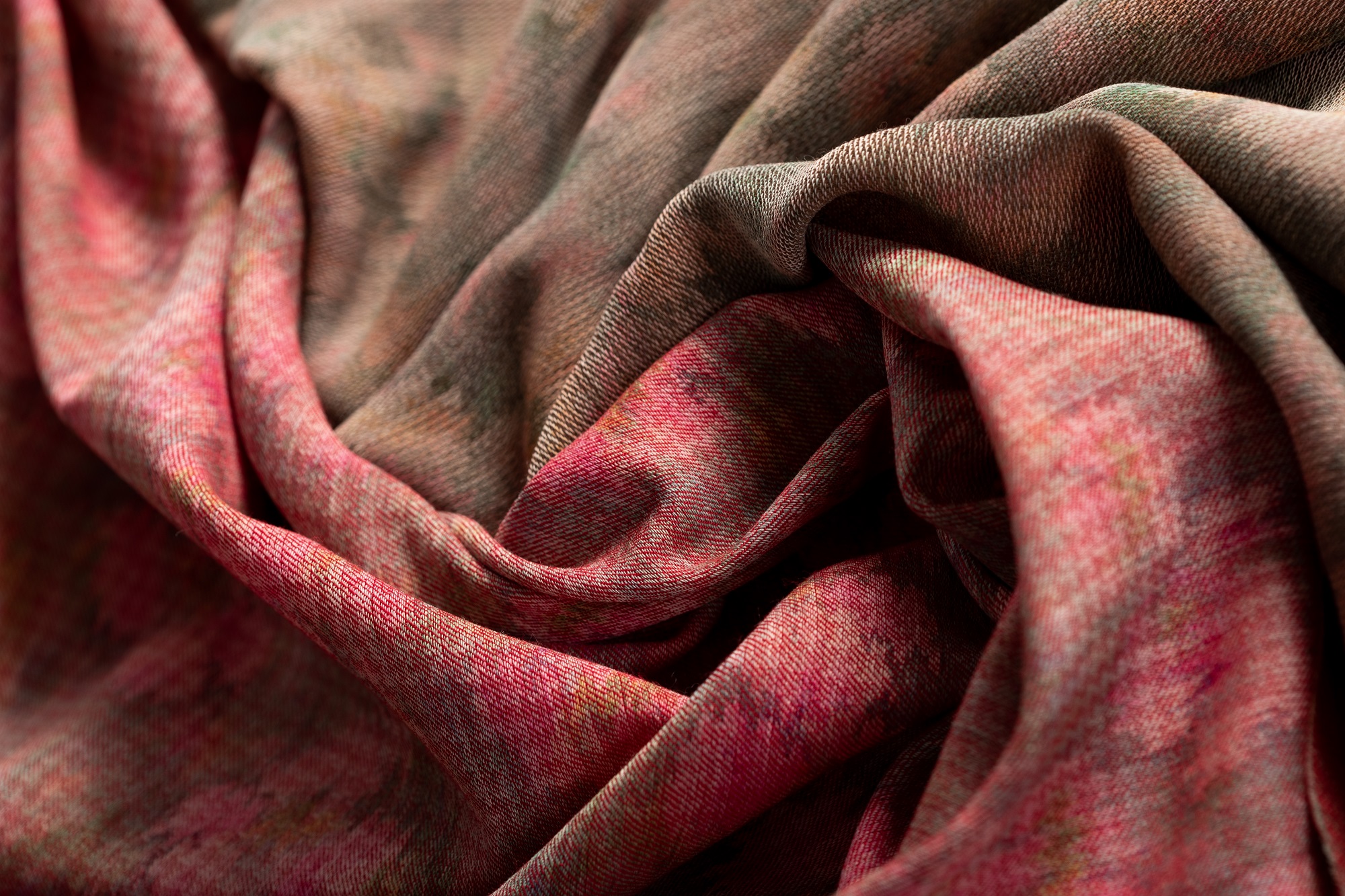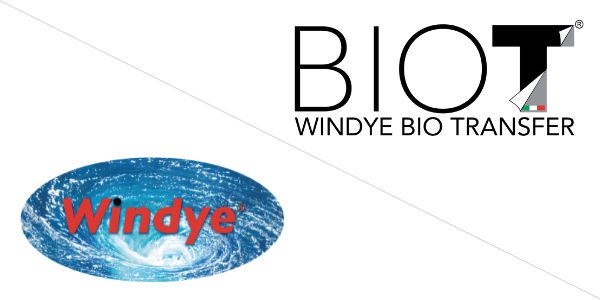
Silk is a fabric that is imported (especially from China and, only in very small quantities, from other countries) as raw yarn in the skein, or less commonly already spooled, or woven into smooth articles such as satin or crepe de chine.
This article discusses the processing of chinè, specifically our realisation of the chiné chains, a patented technology that not only uses silk but also other types of fabrics.
Chiné
Formerly known as Ikat, what is now called Chinè is a silk fabric, formed by a plain weave and characterised by a warp print with shaded designs. Therefore, it is composed of warp and weft, intertwined threads that give rise to fabric with the maximum of ligatures and consequently more compact.
Currently, with Chinè, fabrics other than silk are also identified, such as cotton and some synthetic fibres capable of reproducing this effect through the warping of chiné yarns printed in a hank.
The Chiné is used not only for the production of clothing, especially women’s clothing (blouses, skirts and dresses) but also in textiles for furnishing, e.g. pillowcases, upholstery for sofas and curtains.
The processing of chinè
In our company, thanks to the research and development sector and our patented method, we can make chinè chains with multiple fibres, in addition to silk, such as cotton, wool, polyester or nylon.
On the warper, the machinery used to compose the warp, equipped with a battery of spools, the chosen fibre threads are loaded, under tension and at a specific distance, which will make up our final product.
Once the warp has been made, we use the particular transfer technique for the colouring of the threads in the company. The films we produce are spread and placed on the threads that will release the colour, which, according to the needs, can be a simple solid colour or the chosen design or a particular pattern.
Naturally, the processing can be different and specific according to the fibre used. Always maintaining the transfer technique, we use different colours, such as acid ones for silk, wool and nylon, reactive colours for cotton and wool and finally the transfer by sublimation with materials such as polyester.
The making of the warp constitutes the initial part of the weaving, which is then completed with the weft. Starting from a basic warp such as silk, we can choose whether to weave the product always with silk or with other fibres, as previously mentioned eg. cotton, nylon.
The same procedure is similarly possible, starting with a warp of any fibre and then woven with others.

